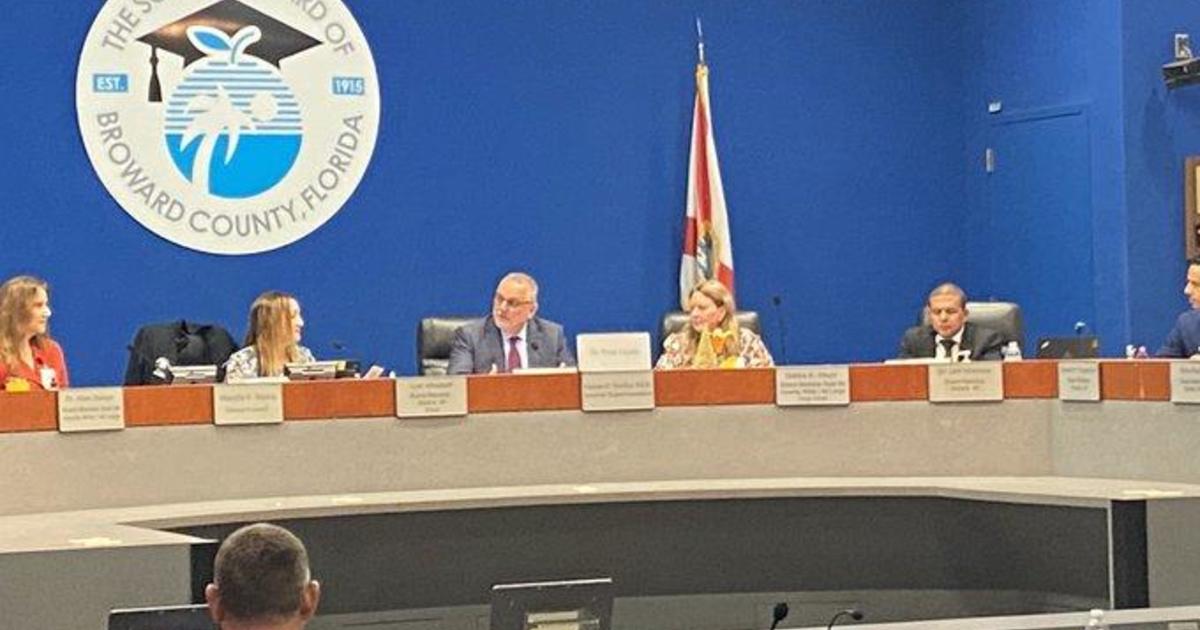More Historic Artifacts Uncovered On Ft. Lauderdale Beach
FORT LAUDERDALE (CBS4) – Long before Ft. Lauderdale Beach became known for "where the boys are" it was where prehistoric Indians and European explorers lived one hundred years ago.
During a $3.1 million renovation project, archaeologists found evidence of both groups under the old pavement.
Among the items found so far: pieces of clay pottery; remnants of lead that had been melted for musket balls and conch cells used for food and tools.
The archaeologists also uncovered indications of a small Tequesta Indian village near a parking lot being renovated near the Bahia Mar resort.
Bob Carr, an archaeologist leading the excavation, said that site and another near Sunrise Boulevard are the only two prehistoric sites that survived on the barrier island in Fort Lauderdale.
Last May, construction crews digging a trench at Fort Lauderdale Beach Park along A1A uncovered artifacts from a pre-civil war military fort.
Carr said ten subsurface features were also found including several nineteenth century cooking pits and one trash pit. Materials recovered from the trash pits include sea turtle and fish bones, iron nails and broken plates.
Historians said there was a small army post called "Fort Lauderdale" near this location during the Second Seminole War, between 1838 and 1842.
A few civilians lived near the New River early in the 19th century but the Indians drove them out in the beginning of the Second Seminole War. The army moved in until the war ended in 1842.
(©2011 CBS Local Media, a division of CBS Radio Inc. All rights reserved. This material may not be published, broadcast, rewritten, or redistributed. The Associated Press contributed to this report.)



